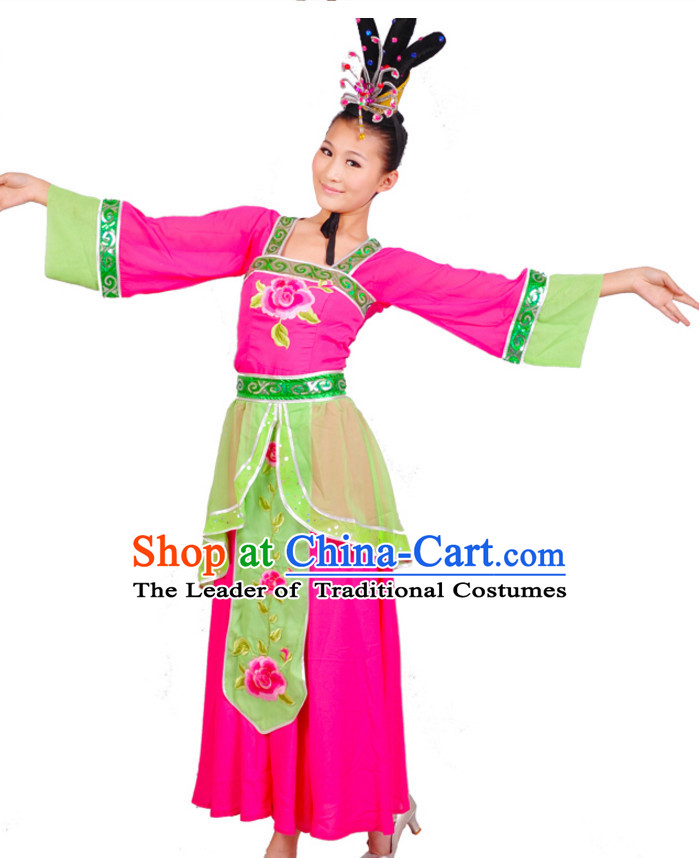
Generally, traditional Chinese clothes had two basic forms: top-bottom clothes and one-piece clothes. The 2 Basic Forms of Traditional Chinese Clothes In later years, linen, cotton, and silk were the prominent materials.ĭuring the Ming Dynasty (1368–1644), according to the government's policy of physiocracy and restriction of business, businessmen were forbidden to wear silk clothing, even if they were rich.Īlmost every dynasty had its own unique clothes, some of which were really exquisite beyond compare. As agricultural development increased, more clothing material appeared. MaterialĪt the very beginning, the ancient Chinese only covered their bodies with leaves. Compared to men's clothing, women's clothing had more ornaments, items, and styles. Women's clothing was more diverse than clothing for men.

Besides that, white clothing was normally worn at a funeral.įor example, for women, only an empress or official wives could wear true red while the color was prohibited to concubines. The mass people mostly wore red at weddings. Red, bright yellow, and purple always exclusively belonged to the emperor and the imperial family. People normally wore light colored clothing in daily life. In addition, the overall harmony of the outfit was also emphasized. Traditional Chinese clothes usually adopted a straight cut and were loose in shape. It varied historically, regionally, and through the social hierarchy. Traditional Chinese clothing was the outcome of people's aesthetic tastes and social customs. There were no fashion shows in ancient China. Zhongshan Suit 5 Key Variations in Traditional Chinese Clothing Nowadays, people seldom wear Hanfu except on special occasions, such as festivals and wedding ceremonies, or by young girls who want to show off or taking photos. It also had a far-reaching influence on neighboring Asian countries, such as Korea, Japan, and Vietnam. It then became the national clothing of the Han ethnic people. Until the Han Dynasty, the Hanfu was adopted and vigorously promoted by the ruling class.

It was constantly improved throughout several dynasties. Legend traces it back to over 4,000 years ago when Huangdi's consort, Leizu, made cloth with silk. The Hanfu ('Han clothing' - the majority of Chinese are of Han ethnicity) is the oldest of China's traditional clothes. Hanfu - The Most Traditional Chinese Clothing The Hanfu, Zhongshan suit (Mao suit), Tang suit, and cheongsam (qipao) are the four most distinctive types of traditional Chinese clothing. The 2 Basic Forms of Traditional Chinese ClothesĤ Well-Known Traditional Chinese Clothes Types.

5 Key Variations in Traditional Chinese Clothing.: 42 The Qing dynasty officials also wore court dresses, which were variants of Manchu clothing at the court. Some Qing dynasty court dress preserved features and characteristics which are distinct the clothing worn by the Manchu prior to their conquest of the Ming dynasty. In the Qing dynasty, the clothing culture of the Manchu people contradicted and collided with the clothing culture of the Han Chinese due to their cultural differences and aesthetic concepts. The Qing dynasty was a period when the Manchu's clothing development stage reach maturity. The development of qizhuang, including the precursor of the cheongsam, is closely related to the development and the changes of the Manchu Nationality (and their ancestors) throughout centuries, potentially including the Yilou people in the Warring States Period, the Sushen people in the Pre-Qin period, the Wuji people in the Wei and Jin period, the Mohe people from the Sui and Tang dynasties, and the Nuzhen (known as Jurchen) in the Liao, Song, Yuan, and Ming dynasties. The Manchu people have a history of about 400 years however, their ancestors have a history of 4000 years. Painting of a Manchurian Family, Qing dynasty, 1800. Derivatives and influences China Changshan Cheongsam Tangzhuang Korea.Headwear and hairstyles Hairstyles Headwear.Types of Qizhuang Formal court dress/ Lifu / Chaofu Festive robe/ Jifu Jifu longpao and jifu mangpao Jifupao Longgua/ Jifu gua Gunfu Bufu Fur surcoats/ duanzhao (端罩) Ordinary dress (Changfu)/ casual dress (Bianfu) Xinfu.Manchu history Ming dynasty/ Later Jin dynasty Transition from Jurchen to Manchu Qing dynasty First half of 16th century Second half of 17th century to late 18th century Standardization of Manchu imperial and court clothing in Qing dynasty End of 18th century to first half of 19th century Second half of 19th century 20th century Republic of China.



 0 kommentar(er)
0 kommentar(er)
